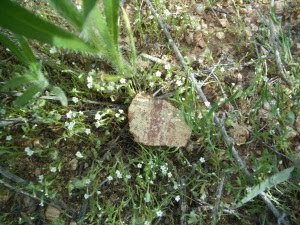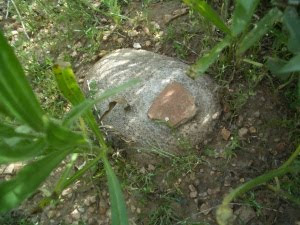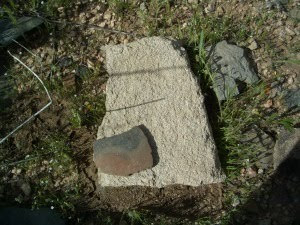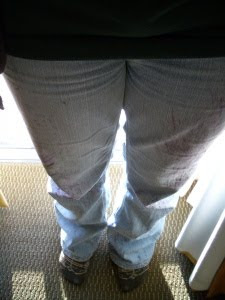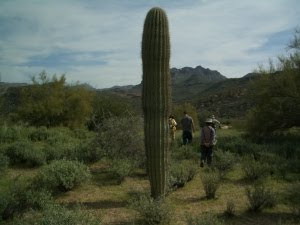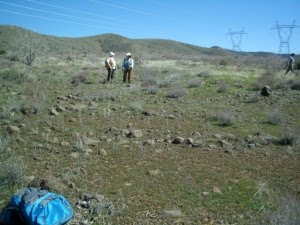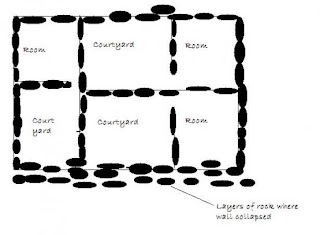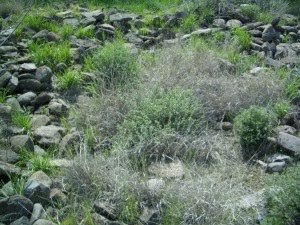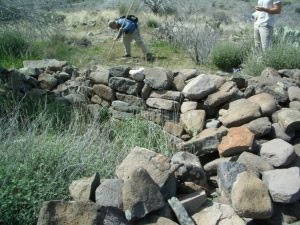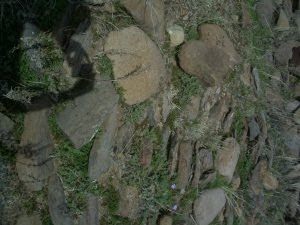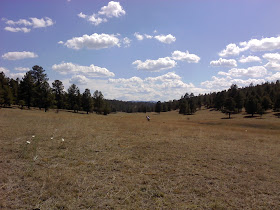This week I am headed down to the Gila for an update on my para-archaeology training, which is required every year for us to continue to be allowed to work in the forest. Because of this, I have decided to make this entire week "archaeology week." I'll start off by re-posting my three part series that I wrote on my old blog chronicling my first time in para-arch training down on the Tonto NF in Arizona. For those of you who have already read it, sorry about that! You can skip over these posts if you want. But I wanted to start off with some introductory stuff. This time, I'll be on a different forest doing some different things, which I will post about later on during the week.
******************************************************
Part One (Originally posted March 28, 2009)
I was in Arizona for a total of two weeks taking this course. For some of the time, we were sitting in a classroom learning about the history of prehistoric people in the southwest (in particular the general area that makes up the Tonto National Forest in Arizona). The best classroom day was when we got to look at artifacts and then try to figure out what they were. The rest of the time, we were out in the field, either learning about stuff or doing archaeological surveys.
An archaeological survey is kind of fun to do but I can see how it could get somewhat repetitive and tedious after a while. Basically, it involves walking up and down transects of your study area while looking down at the ground for any type of historic or prehistoric artifacts and structures that might be there. In some places there may be absolutely nothing (which is good if you want to use the site for some sort of project, but not very exciting). In other places, like where we were, there is tons of stuff.
This is some of what we found:
Housing
Types of architecture went through several different phases. Early prehistoric people known as the Hohokam started out building pithouses around 1000 AD. Pit houses were simple structures that were dug out and covered with mud for the walls, which were held up by wooden posts.

cross section of a pithouse
It’s really hard to find pithouses today because they’re made of dirt, and they collapsed a long time ago. The only way to identify a potential pithouse site is to find an artifact scatter including items corresponding to the time period during which pithouses were built. We may have found a couple of these sites, but like I said, it’s hard to tell. One in particular was a pretty crazy site. The first thing we noticed were a bunch of broken CD’s all over the place. Some people were looking at them, trying to figure out what kinds of CD’s they were when we started stumbling across artifacts. Lots of them. Pottery sherds and lithics all over the place. One lady in class picked up a giant agave knife and gave it to the teacher without even knowing what it was. But the best find of the day was this:
arrowhead/projectile point
None of us could believe it. We were standing around listening to our teacher talk about some stuff when one of the guys behind me noticed it on the ground. It was really cool, and I was totally jealous I hadn’t found it myself. If only I’d been standing back a little further…
Although, as it turns out, I’m not exactly the best at spotting things. On a different day, my surveying partner Stella and I tripped right over another type of housing made a little later by the Hohokam. This type of structure was made out of rock and we actually ended up finding quite a few of them over the course of the week, once we knew what we were looking for. At this point, all you can really see is the outline of the walls, which may or may not be clear. Ideally this is what it would look like, in map layout fashion:
In reality, it looks more like this:
But sometimes you get lucky and can see good walls that are still standing, like this:
Or obviously collapsed walls, like this
notice the alignment of the rocks here (going sideways across the picture)
Thus ends part one of my archaeology lesson. Stay tuned tomorrow for part 2.

